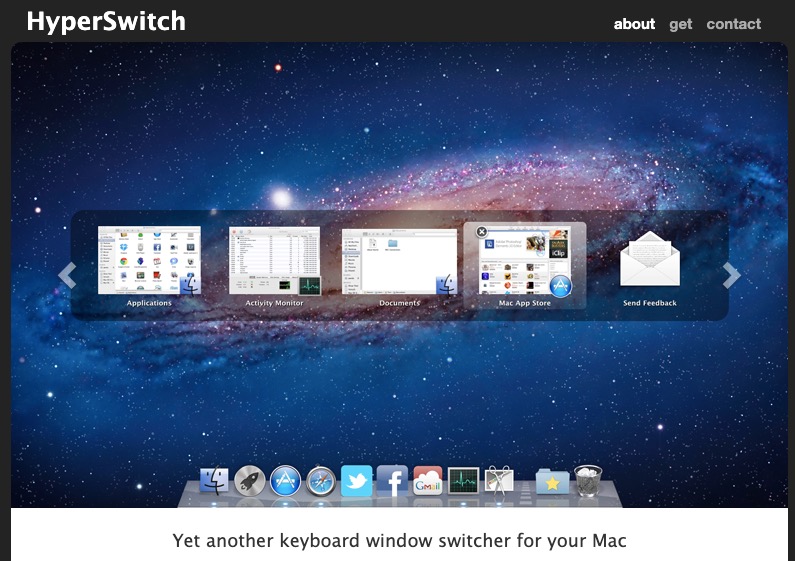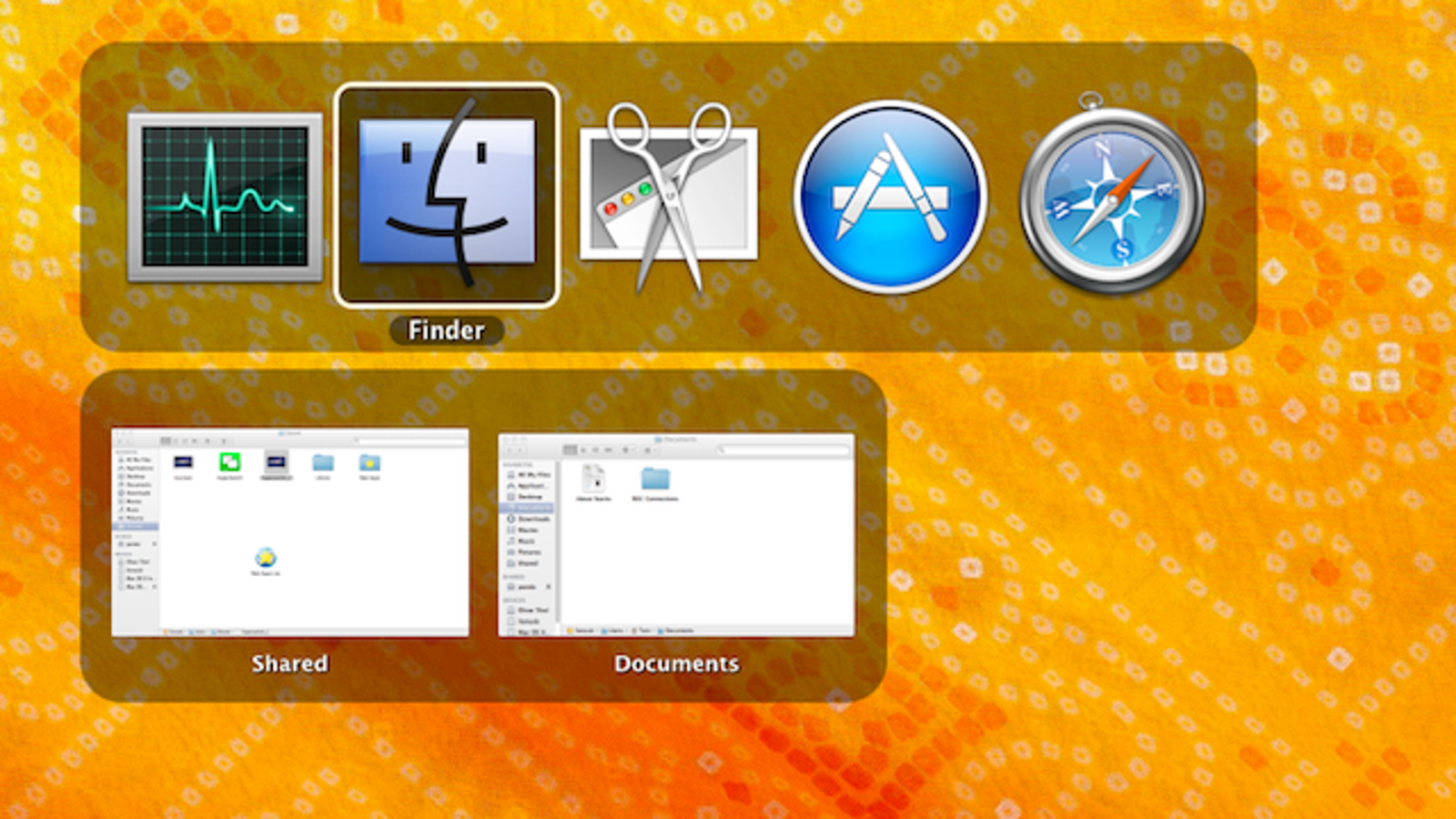

However, should you install a later update on the same Mac, that would then result in firmware upgrade. There is one workaround that can preserve the current firmware on a Mac even though it’s upgraded to run a more recent version of macOS: install the newer version to a bootable external disk using another Mac, then move that disk to the Mac you don’t want to undergo firmware upgrade.

This applies regardless of whether that update or installation is applied to an external disk, but doesn’t apply to macOS within Virtual Machines, which work completely differently and can’t touch that Mac’s firmware. The basic rule when installing any macOS update, upgrade or complete installer is that, when it could install a more recent version of that Mac’s firmware, it will do so, and there’s no way to opt out of that. When Apple releases Ventura, it’s likely to release parallel security updates to both Big Sur and Monterey with the same firmware but quite different kernels.

However, Apple’s firmware appears more flexible, in that most supported Macs happily run any of the three supported kernels on the same version of their firmware. While that should be an important part of running the newer macOS, it may not be what you want if you also plan to run an older version on the same Mac.Ĭonventional wisdom is that firmware and kernel versions are closely linked, after all the firmware launches the kernel, and any mismatch between them could lead to instability. One of the side-effects of upgrading your Mac to a new version of macOS such as Ventura is that it will almost inevitably have its firmware updated.


 0 kommentar(er)
0 kommentar(er)
